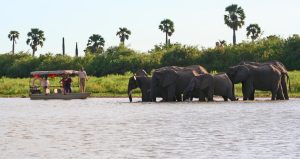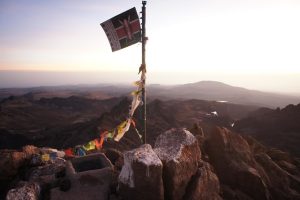Altitude Overview of Ngorongoro Conservation Area
The Ngorongoro Conservation Area, located in Tanzania, is a UNESCO World Heritage Site renowned for its stunning landscapes, abundant wildlife, and unique cultural heritage. One of the defining features of this area is its high altitude, with the floor of the Ngorongoro Crater sitting at an impressive 2,286 meters (7,500 feet) above sea level. The surrounding highlands reach even greater altitudes, with the rim of the crater rising to over 2,400 meters (7,900 feet).
Visitors to the Ngorongoro Conservation Area can expect to experience a wide range of altitudes as they explore its diverse landscapes. Whether hiking along the crater rim, descending into the crater floor, or trekking through the surrounding highlands, each area offers its own unique perspective and challenges due to the varying altitudes.
Impacts of Altitude on Wildlife and Vegetation
The altitude of the Ngorongoro Conservation Area has a significant impact on the wildlife and vegetation that call this region home. The higher altitudes of the surrounding highlands create cooler temperatures and more favorable conditions for the growth of alpine vegetation, such as heather and giant lobelias. These plants provide important habitats and food sources for a variety of wildlife, including elephants, buffalo, and various species of antelope.
In contrast, the lower altitude of the crater floor creates a warmer climate that supports a different array of vegetation, such as grasslands and acacia woodlands. This diverse range of habitats within the Ngorongoro Conservation Area allows for a high concentration of wildlife, making it one of the best places in Africa to view a wide variety of species in their natural environment.
The altitude of the Ngorongoro Conservation Area also plays a role in the migration patterns of certain species. For example, the wildebeest and zebra herds that pass through the region during the Great Migration are influenced by the altitude as they move between the Serengeti plains and the Ngorongoro highlands in search of food and water.
In addition to its impact on wildlife and vegetation, the altitude of the Ngorongoro Conservation Area can also affect visitors who may not be accustomed to higher elevations. It is important for travelers to take precautions to prevent altitude sickness, such as staying hydrated, moving slowly, and allowing time for acclimatization. Sunset Africa Safari, a reputable tour operator in the region, provides experienced guides who are knowledgeable about the effects of altitude and can help ensure a safe and enjoyable experience for all guests.
In conclusion, the altitude of the Ngorongoro Conservation Area plays a crucial role in shaping its unique ecosystems and wildlife populations. By exploring the diverse landscapes and altitudes of this remarkable region, visitors have the opportunity to witness the incredible natural beauty and biodiversity that make Ngorongoro a must-visit destination for any nature enthusiast. For booking requests and more information on guided tours of the Ngorongoro Conservation Area, please contact Sunset Africa Safari at info@sunsetafricasafari.com.



